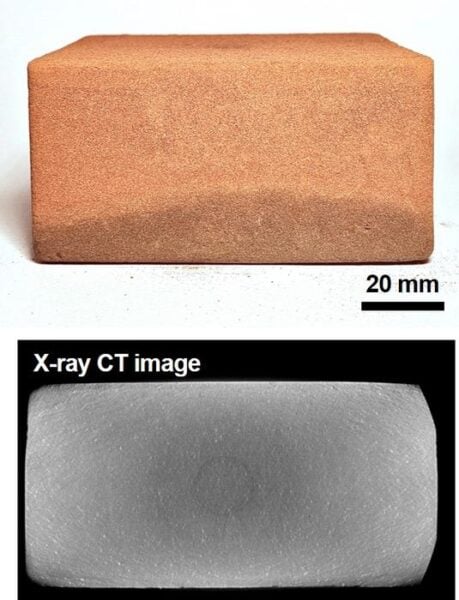Korean researchers have developed a groundbreaking technique to turn moon dust into construction materials, potentially revolutionizing plans for lunar bases. This innovative method could substantially reduce the costs of building on the Moon by using resources already available on its surface.
Microwave Magic: Turning Lunar Soil into Solid Blocks
The Korea Institute of Civil Engineering and Building Technology (KICT) has successfully produced large, uniform bricks from lunar regolith simulant – a material that mimics moon soil. Their method uses microwave technology to heat and compact the regolith, creating solid blocks suitable for construction.
Dr. Hyu-Soung Shin and his team at KICT’s Future & Smart Construction Research Division tackled several challenges in the process. Microwave heating can create uneven hot spots, leading to inconsistent results. The researchers developed a step-by-step heating program with specific temperatures and timing to ensure uniform sintering – the process of compacting material using heat.
Another hurdle was the presence of volatile substances in lunar regolith, including water. Heating these materials can cause internal cracks. The team solved this by preheating the simulant under vacuum conditions at 250°C, effectively preventing crack formation.
Building the Future: From Lab to Lunar Surface
The resulting blocks showed impressive consistency. Core samples taken from various points had an average density of 2.11 g/cm³, 29.23% porosity, and a compressive strength of 13.66 MPa. The low standard deviations in these measurements confirmed the homogeneity of the sintered blocks.
Dr. Shin emphasized the significance of their achievement: “Many previous space construction studies related to microwave sintering technology have resulted in small or heterogeneous sintered bodies.” He added that the team plans to use this technology for various infrastructure needs on the lunar surface in the future.
This development comes at a crucial time. NASA’s Artemis mission aims to establish a long-term human presence on the Moon, but the cost of transporting building materials from Earth is prohibitive – estimated at $1.2 million per kilogram. By using in-situ resources, this new technique could make lunar construction economically feasible.
KICT now plans to validate their technology in space-like environments. This step is crucial for addressing the growing demand for space construction technology as humanity looks to expand its presence beyond Earth.
As we edge closer to establishing permanent outposts on other worlds, innovations like these “space bricks” are paving the way for sustainable off-world habitation. The Moon, once a distant goal, is now looking more like humanity’s next frontier – built one microwave-baked brick at a time.


